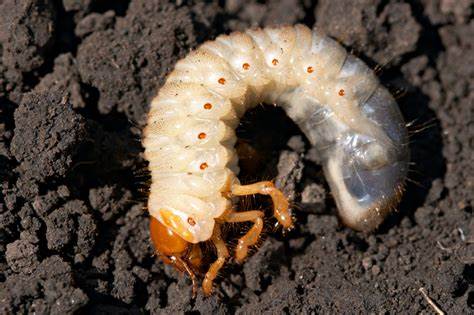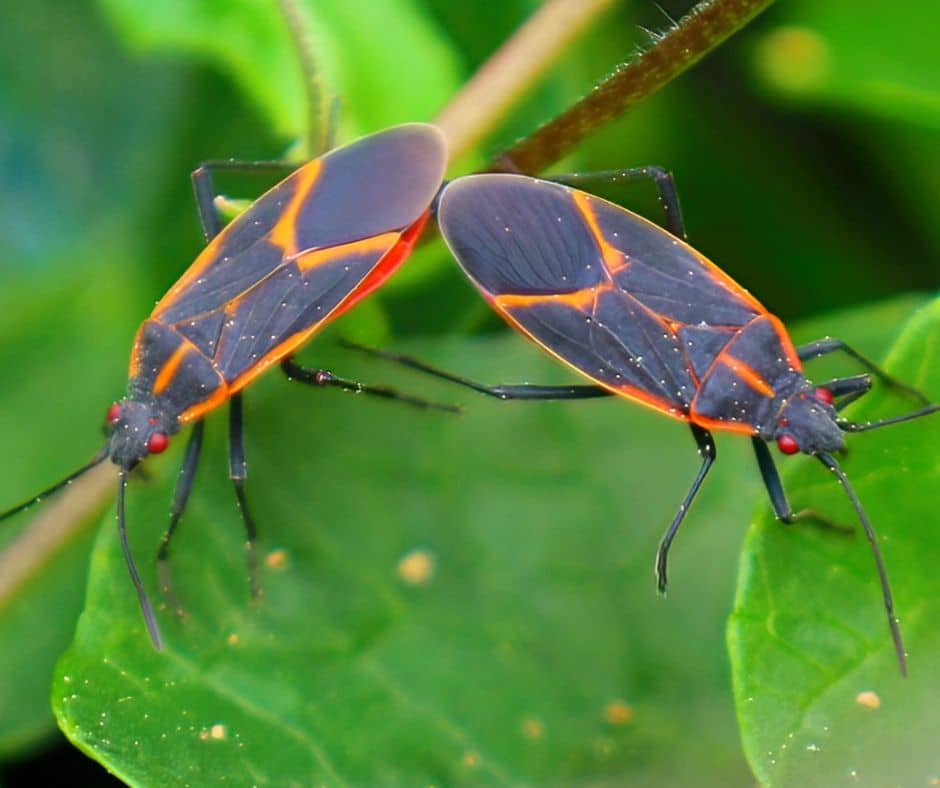
Embarking on a journey back to college as an adult is commendable, often requiring financial savvy to manage effectively. One innovative strategy to fund this ambitious pursuit involves flipping homes. This approach not only promises a potential income stream but also hones skills that are invaluable both in and out of the academic realm. From Shippy Realty & Auction, here’s how to navigate this dual path with precision and success.
Time Management
Juggling the demands of property flipping alongside academic responsibilities necessitates meticulous time management. This begins with setting clear, achievable goals and breaking down your week into structured blocks of time dedicated to studying, renovating properties, and managing sales. Prioritizing tasks based on urgency and importance will help you stay on track, while flexible scheduling allows for unexpected study sessions or property emergencies. Remember, success in both arenas depends on your ability to manage your time effectively, making every minute count.
LLC Protection
Initiating a business early in your house-flipping venture is crucial for safeguarding your investments and ensuring a smoother operation. Setting up involves selecting a unique business name, filing the necessary documents with the state, and adhering to local compliance requirements. You can then form an LLC in South Dakota via ZenBusiness to shield personal assets from business liabilities and enjoy tax advantages and flexibility.
Financing
Exploring various financing options is key to maximizing the profitability of your flipping ventures. From traditional bank loans to hard money lenders and crowdfunding, the right financing strategy can significantly impact your project’s success. Each method comes with its own pros and cons, tailored to different properties and renovation scales. Thorough research and a clear understanding of your financial capabilities will guide you to the most suitable option, ensuring your educational and flipping goals align seamlessly.
Beneficial Partnerships
Success in real estate flipping often hinges on the strength of your network. Establishing connections with industry professionals, from real estate agents to contractors and fellow flippers, can provide invaluable insights and opportunities for collaboration. These relationships facilitate smoother transactions and renovations and open doors to exclusive deals and insider knowledge, propelling your flipping business and funding your educational journey forward.
Pre-Listing Preparation
Doing your own cleaning before showcasing your property can lead to substantial savings by eliminating the need to hire professional cleaners. This allows you to allocate your budget toward other aspects of home preparation, such as staging or minor repairs. Additionally, personal cleaning gives you the chance to spot areas that may need extra attention, ensuring your property looks its best. With some effort and time, you can enhance the appeal of your space while keeping costs down.
Tax Implications
Awareness of the tax implications of flipping houses is essential for managing your finances effectively. From capital gains tax to potential deductions for renovation expenses, a thorough understanding of your tax obligations can influence your flipping strategy and impact your overall profitability. Consulting with a tax professional can provide clarity, ensuring you confidently navigate the complex tax landscape.
DIY Renovations
Embracing DIY renovations can significantly enhance your profit margins. By leveraging existing skills and learning new ones, you can undertake various tasks, from painting to minor repairs, reducing labor costs. This hands-on approach increases the financial return on each project and enriches your skill set, proving beneficial in both your flipping endeavors and personal development.
As you navigate the dual challenges of flipping homes and returning to college, remember that forming an LLC is a foundational step toward safeguarding your journey. This strategic guide outlines a path that balances educational aspirations with entrepreneurial pursuits, offering a practical approach to achieving your goals. With dedication, the right strategies, and a willingness to learn and adapt, you can successfully fund your educational comeback while building a profitable real estate portfolio.
Ready to buy or sell your property? Contact Shippy Realty & Auction today for professional and personalized service that goes above and beyond, ensuring your real estate goals are met with expertise. Let our experienced team guide you through every step of the process!
Andrea Needham is the creator and editor at Elders Day. A lifelong writer, she created her website to share information and resources with other seniors who love living it up as they age. Andrea believes our golden years don’t have to be a time to slow down, and she looks forward to sharing the many health-boosting, fulfilling activities and experiences that are perfect for aging adults.



